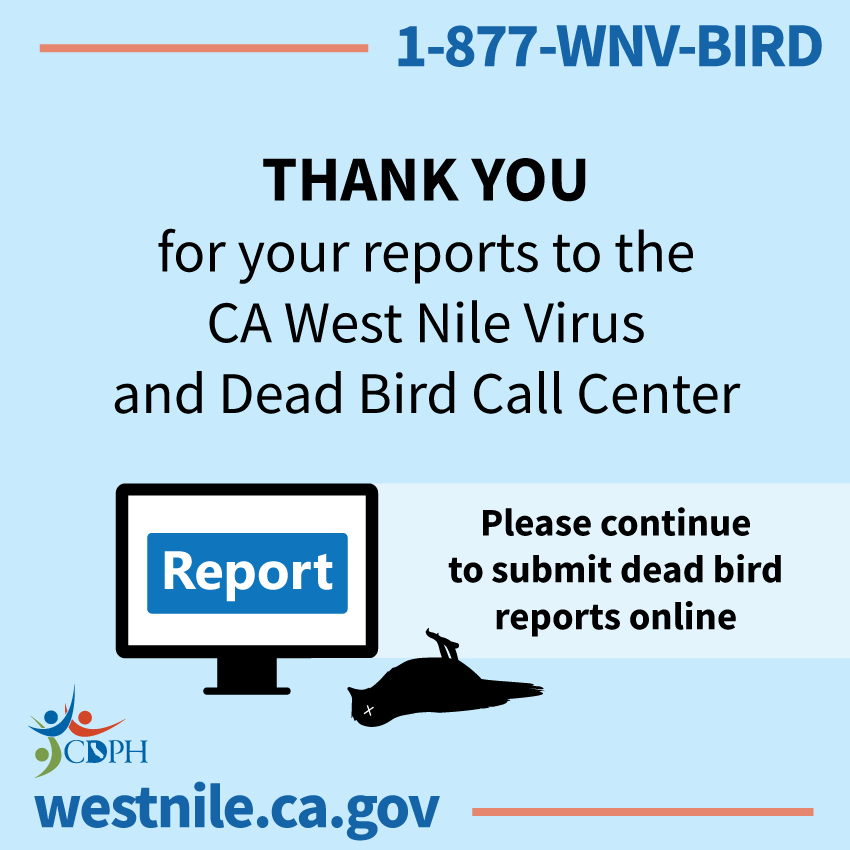Dear MVCAC Members,
The Mosquito and Vector Control Association of California (MVCAC) is excited to announce an open call for nominations for the position of Treasurer. This is a pivotal role within our organization, responsible for overseeing the financial affairs that drive our mission forward.
We are thankful to our long-time Treasurer David I’Anson for his work in the role and wish him well as he heads into other volunteer endeavors.
With that, we are now soliciting nominations for our Treasurer to be sworn-in at the July Board of Directors Meeting.
Per our bylaws, the Treasurer serves as a non-voting member of the Board and holds a term of three years, with the possibility of reappointment for a second term subject to the approval of the Board. As the financial steward of MVCAC, the Treasurer plays a crucial role in maintaining our fiscal health and ensuring compliance with all financial reporting and tax requirements applicable to nonprofit organizations.
The duties and responsibilities of the Treasurer include, but are not limited to:
- Receiving and reviewing monthly financial reports, including investment reports.
- Presenting the financial report at each board meeting.
- Collaborating with staff to develop and present the annual budget.
- Serving as custodian for all MVCAC financial accounts and approving all financial transactions.
- Ensuring compliance with all financial reporting and tax requirements applicable to nonprofit organizations.
To be eligible for nomination, candidates must meet the following qualifications:
- Active membership in MVCAC (required).
- Understanding of financial and tax reporting requirements for nonprofit organizations.
We invite you to nominate yourself or encourage fellow member who possesses the necessary skills, experience, and dedication to serve as MVCAC’s Treasurer. Nominations can be submitted by emailing MVCAC Executive Director Megan MacNee at mmacnee@amgroup.us no later than May 30th. Please include a brief statement outlining the nominee’s qualifications and commitment to the role.
The MVCAC Nomination’s Committee will review the nomination and make a recommendation to the board in July.
Thank you for your continued support and engagement in advancing the mission of MVCAC. Together, we can make a meaningful impact in mosquito and vector control efforts across California.


 English version now updated; to order copies, please email
English version now updated; to order copies, please email 



